Namibia. The green hydrogen puzzle.
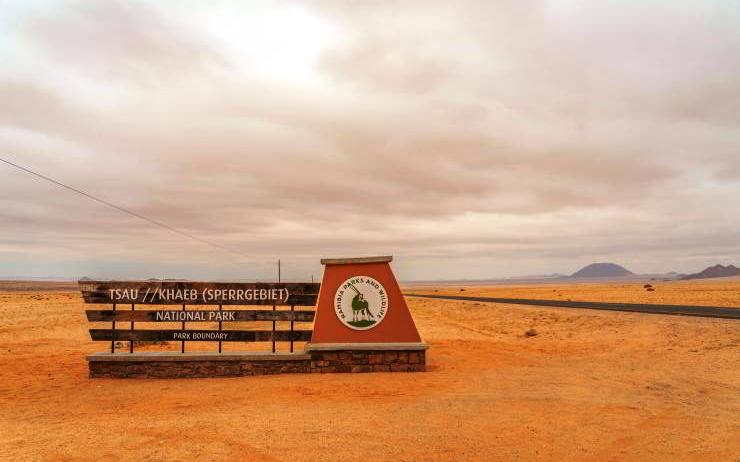
Rich as it is in renewable energy sources, the country aims to become a world leader and has already signed agreements with international companies and the EU. But the asymmetries of power risk blurring the horizons of growth.
An immense desert dotted with granite mountains, the Tsau Khaeb National Park, in southern Namibia, boasts one of the most important biodiversity oases in the world. Flamingos, leopards, oryxes and numerous endemic plants populate an area covering approximately 24 thousand km². Here, where at the dawn of the twentieth century German colonists kicked off the diamond rush, today a new resource promises to transform the country: green hydrogen: the longed-for “fuel of the future” on which industrialized economies are betting to clean up highly polluting activities such as steel or maritime transport.

President of Namibia, Nangolo Mbumba. To become a world leader in renewable energy, the government has launched a $20 billion plan – almost double the current gross domestic product. Photo: Namibian Presidency
With abundant sources of renewable energy, Namibia aims to become a world leader. To realize this ambition, the government has set up a 20-billion-dollar plan – almost double the current national gross domestic product. The European Union, which last year signed a one-billion-euro agreement with the Windhoek government, says it is ready to provide capital and technical support. Brussels’ objective is to guarantee itself a privileged position in the race for supplies.
“Together we can further decarbonise our economies, create jobs and guarantee a more prosperous and greener future for our societies,” said recently the President of the European Commission Ursula von der Leyen. But all that glisters is not gold. Numerous issues still need to be resolved, including currently prohibitive production costs and logistical obstacles. And if it ever materialises, the green hydrogen boom risks having a cost for native communities and delicate ecosystems.
The online newspaper Climate Home News carried out a long investigation into the Namibian dream of green hydrogen, visiting the site of the flagship project and collecting testimonies. It found a community largely unaware of the implications of the project and worried about the possible repercussions on fishing and tourism. Experts have expressed frustration with the lack of transparency and scepticism about the real job prospects for Namibian citizens.
The future of Lüderitz
Perched between the Namib Desert and the Atlantic Ocean, Lüderitz takes its name from the German settler who put down roots in this land in the late 19th century. Today this town made up of colourful art nouveau buildings seems destined to become the nerve centre of the green hydrogen industry.
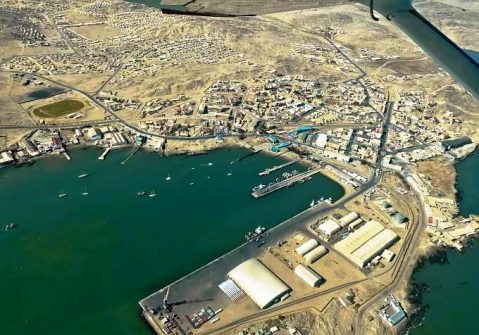
Bird’s eye view of Lüderitz. CC BY-SA 4.0/Hp.Baumeler
A stone’s throw from here is the Tsau Khaeb Park, where the Namibian government has granted large portions of land to private companies for the green hydrogen supply chain. Among these, Hyphen Hydrogen Energy stands out. Driven by German and South African investors, the company aims to produce 300,000 tonnes of green hydrogen per year starting in 2026. Green hydrogen is formed through an electrolysis process that splits water into its constituent elements, oxygen and hydrogen gas. The latter is captured and stored or transformed into liquid ammonia to facilitate its transport. To be “green” the process mentioned must be powered by renewable energy. To guarantee energy for its plants, Hyphen plans to cover the area with wind turbines and solar panels. To supply fresh water, a luxury in this arid region, a massive desalination plant will be needed. Once converted into ammonia, the green hydrogen should then be loaded onto cargo ships that from the yet-to-be-built deep-water port near Lüderitz will take the final product around the world. To carry out this pharaonic work, Hyphen plans to involve 15 thousand workers, approximately doubling the current population of Lüderitz.
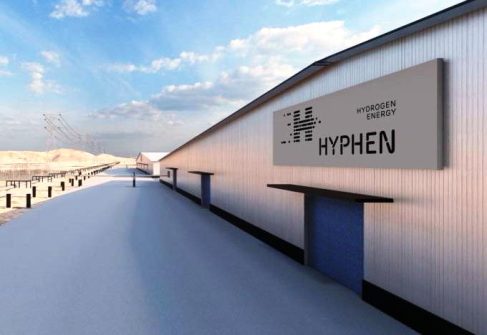
Hyphen Hydrogen Energy plans to employ 15,000 workers. Many doubt the feasibility of this promise. Courtesy of HHE
The company’s goal is for 90% of these jobs to go to Namibians. But many in Namibia raise doubts about the feasibility of this promise. The trade associations highlight how there is a huge gap between the necessary competences and those currently available in the country. They also underline how orders for the construction of large public works often end up in the hands of international groups.
Bärbel Kircher, director of the Construction Industry Federation, says that, “due to the conditions imposed by external financiers”, local contractors are largely cut off from foreign operators. Hyphen says the company will implement “targeted training interventions at various levels” including “specialized masters, internships and apprenticeships”. But Kircher doubts that Namibian construction companies can benefit much from green hydrogen projects.
An opaque horizon
In Lüderitz, there are strong concerns about the negative effects that the maxi project could have on the lives of the population. Some of Hyphen’s infrastructure will reduce public access to the long peninsula that extends from the town along the coast. Hyphen leaders say this was “inevitable” because it was “the only feasible location for a deepwater port.” But residents fear that this could have serious repercussions on lobster and shrimp fishing, important sources of income.
Environmentalists are also shining a spotlight on the risks to biodiversity in the national park that will host the work. Here there are dozens of specimens of vegetation unique in the world such as Lithops Optica, a rare purple succulent plant, as well as hyenas, histrions and hundreds of bird species. A marine biologist interviewed by Climate Home News also fears the impact that the construction of the port and desalination plants could have on the populations of flamingos and dolphins.
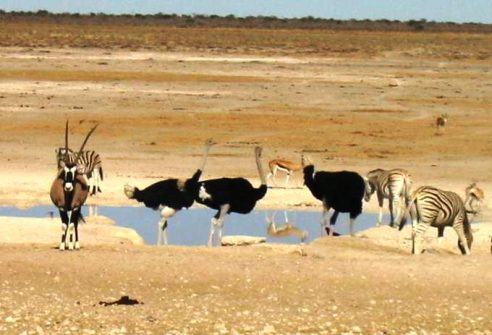
Environmentalists have highlighted the risks to biodiversity in the national park where the work will take place. File swm
“The damage to environmental integrity, biodiversity, the landscape and tourism will be immense, all in the interests of meeting the short-term energy needs of some parts of the EU,” said Chris Brown, head of the Namibian Chamber of Environment.
Hyphen says it has commissioned a consultancy firm to prepare a report on the environmental and social impact. “No green energy project can be implemented without some environmental impact, and Hyphen’s goal is to minimize this to the greatest extent possible,” said Marco Raffinetti, the company’s CEO.
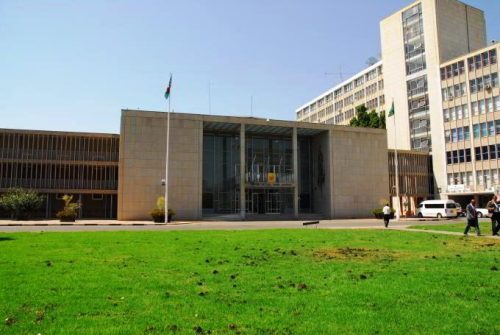
Prime Minister Office. The Namibian government claims that the tender was “conducted with the utmost transparency and fairness”. File swm
But what also foments discontent is a perception of lack of transparency that has crept in since the origins of the project. Hyphen was awarded the contract following a closed selection process based on special tourism regulations in derogation of standard public tenders. Neither the content of the offers nor the reasons for choosing Hyphen were made public. The company said this is standard practice, as the offers contain commercially sensitive data. The Namibian government claims that the tender was “conducted with the utmost transparency and fairness”.
But many have doubts. Among them Patrick Neib, unemployed and living in a settlement near Lüderitz. The job prospects tempt him. But he says that the secrecy of the projects, hidden behind technical jargon, make it impossible to understand what the opportunities are. “There is just no public discussion about the benefits for ordinary people like me or the price we have to pay for the development of green hydrogen,” he says. (Open Photo: Sign from the Sperrgebiet, Tsau- Khaeb National Park. Shutterstock/gg-foto)
Matteo Civillini



